

New Zealand has been inhabited by humans only relatively recently but, in the last 800 years, we have made a big impact on our environment, and have altered it biologically, chemically and ...
READ MORE
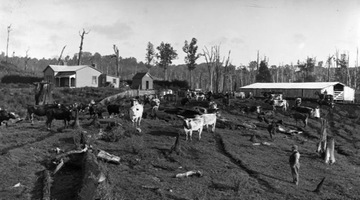
Since humans first arrived in New Zealand, we have had a significant impact on the environment – affecting and protecting the natural world around us. How have we left our mark on our land, our ...
READ MORE

An inquiry approach is a method often used in science education. The question bank provides an initial list of questions about the impact we have on our enironment around us and places where ...
READ MORE
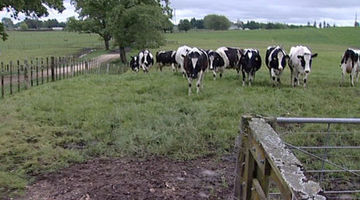
In this activity, students explore ethical issues related to farming and environmental pollution. They learn about the science involved and the range of perspectives among stakeholders. By the ...
READ MORE
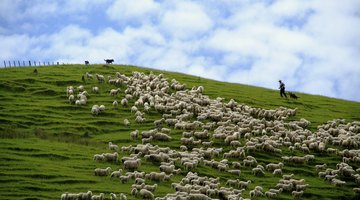
In this activity, students measure the pH of soil collected from a paddock. This will be used to estimate the amount of agricultural lime needed to promote good grass growth. By the end of this ...
READ MORE

Climate change is an incredibly complex wicked problem that links environmental issues with human wellbeing, the economy, and local and global politics. Rights: The University of Waikato Te Whare ...
READ MORE

This citizen science project wants your assistance to extract information from various climate scientific graphics to help combat misinformation and support scientific communication. Using this ...
READ MORE
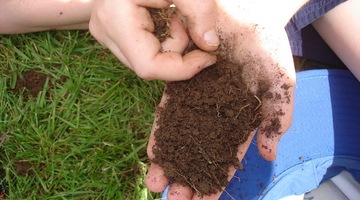
Earthworms are useful indicators of soil health. This project aims to capture information on earthworm abundance and species distribution throughout New Zealand. Information provided will be used ...
READ MORE
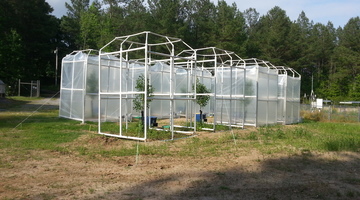
By comparing some features of fossilised plants with the same features of plants living today, scientists hope to be able to learn more about the effect of changing carbon dioxide (CO2) levels in ...
READ MORE

Farming is a way of life in New Zealand. Farms cover about half of the country’s land and are important to our economy. Agriculture has shaped who we are as a nation, but it has also had a big ...
READ MORE
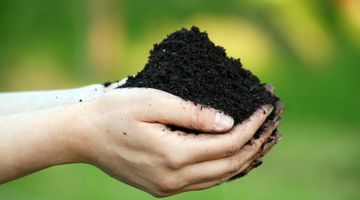
Soil – it’s much more than dirt. Soil keeps us alive. Without soil, we would be hungry, thirsty, naked, homeless and breathless. Soils differ from location to location and are a range of colours ...
READ MORE
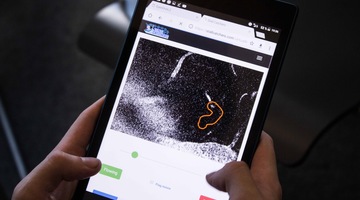
Games have long been used for developing both skills and knowledge in the education sector. As digital technologies continue to develop, the range of digital learning games also continues to ...
READ MORE
Professor Simon Kingham, from the University of Canterbury, discusses how air pollution can be made up of many components. The size and amount of particulates in the air can give a measure of the ...
READ MORE
ESR scientist Dr Wendy Williamson is developing a method for detecting viruses in the water. She is also monitoring waterways so that a standard for safe drinking water can be developed. The ...
READ MORE
Dr Adrian McDonald tells us why his research on the interaction between atmospheric dynamics, chemistry and climate is important for the development of climate models. Points of interest: Why do ...
READ MORE

An interactive showing the main components of the terrestrial nitrogen cycle. Select one of the buttons to find out more. Go here to view the full transcript and copyright information.
READ MORE

This interactive diagram provides a selection of pathways that allow for different approaches and starting points using resources about dairy farming and climate change in New Zealand. Select a ...
READ MORE

This interactive provides a quick start guide with key information to get started playing and facilitating Kiwi Kai’s virtual farm. We recommend starting with the Quick start guide. Select here ...
READ MORE